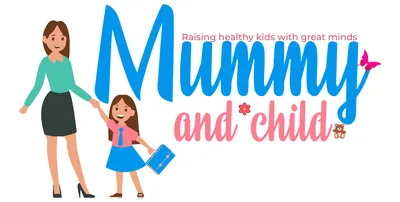The world of school can be both thrilling and challenging for children, and for some, the experience is further complicated by social anxiety. As parents, teachers, and caregivers, it’s essential to recognize the signs of social anxiety in children and provide them with the support and tools they need to thrive in social settings. In this article, we’ll explore practical strategies and insights for adults to help children cope with social anxiety in school, fostering their self-confidence and social well-being.
Recognizing Signs of Social Anxiety
Understanding the signs of social anxiety is the first step in providing support. Children experiencing social anxiety may display behaviors such as avoiding social situations, excessive shyness, fear of judgment, physical symptoms like stomachaches or headaches, and difficulty making eye contact. Keep a watchful eye on these indicators to identify when a child may be struggling with social anxiety.
Create a Safe and Open Environment
Building a safe and open environment is crucial for children coping with social anxiety. Ensure that the child feels comfortable expressing their feelings and fears without judgment. Encourage open communication by actively listening and validating their emotions. Knowing they have a supportive adult to confide in can alleviate some of the pressure they may feel in social situations.
Gradual Exposure to Social Settings
Helping children overcome social anxiety involves gradual exposure to social settings. Start with small, manageable social situations, such as hanging out with one or two friends or participating in structured community activities. Consider online classes for high school students as the slowly assimilate with the outside world. As the child becomes more comfortable, gradually introduce them to larger social gatherings, allowing them to build confidence at their own pace.
Teach Relaxation Techniques
Teach children simple relaxation techniques to manage anxiety in social situations. Techniques such as deep breathing, mindfulness exercises, or visualization can provide a sense of calm and help them navigate moments of stress or discomfort. Encourage them to practice these techniques regularly, even when they are not feeling anxious, to build a toolbox of coping mechanisms.
Role-Playing Scenarios
Role-playing social scenarios is an effective way to help children practice social interactions in a controlled environment. Act out common social situations, allowing the child to experiment with different responses and build their social skills. This hands-on approach can boost their confidence and provide a sense of mastery over social interactions.
Celebrate Small Achievements
Recognize and celebrate small achievements in social situations. Whether it’s initiating a conversation, participating in a group activity, or making eye contact, acknowledge and praise these accomplishments. Positive reinforcement boosts a child’s self-esteem and encourages them to continue stepping outside their comfort zone.
Encourage Social Skills Development
Support the development of social skills by engaging in activities that promote interaction and communication. Enroll the child in clubs, classes, or sports where they can interact with peers who share similar interests. These structured settings provide opportunities to practice social skills in a supportive environment.
Collaborate with Teacher
Maintain open communication with teachers to create a collaborative support system. Share insights about the child’s social anxiety, and work together to implement strategies that foster a positive social environment in the classroom. Teachers can play a pivotal role in creating inclusive activities that accommodate the child’s needs.
Foster Peer Understanding
Promote empathy and understanding among peers by educating them about social anxiety. Arrange for classroom discussions or activities that encourage children to express their feelings and learn about each other’s experiences. Fostering a culture of kindness and acceptance can significantly impact the social dynamics within the school community.
Seek Professional Support
If social anxiety persists or significantly impacts the child’s well-being, consider seeking professional support. A mental health professional experienced in working with children can provide tailored strategies and interventions to address social anxiety. Collaboration between parents, teachers, and mental health professionals ensures a comprehensive and supportive approach.
Helping children cope with social anxiety in school is a journey that requires patience, understanding, and collaborative efforts from adults in their lives. By creating a safe and open environment, gradually exposing them to social settings, and teaching effective coping strategies, adults can empower children to navigate social interactions with increased confidence. Celebrating small achievements, fostering social skills development, and seeking professional support when needed contribute to a holistic approach that prioritizes the mental and emotional well-being of the child. Together, as a supportive network, we can guide children towards building resilience, developing social skills, and ultimately thriving in the school environment. To learn more, feel free to look over the infographic below.



Comments are closed.